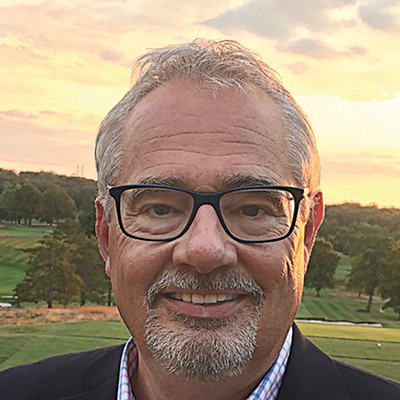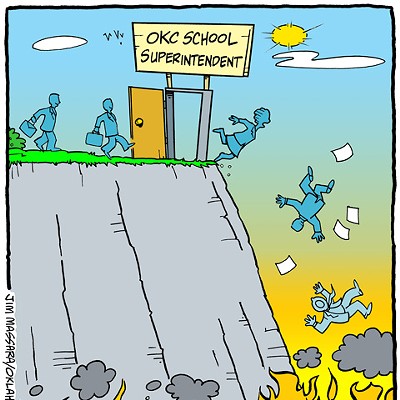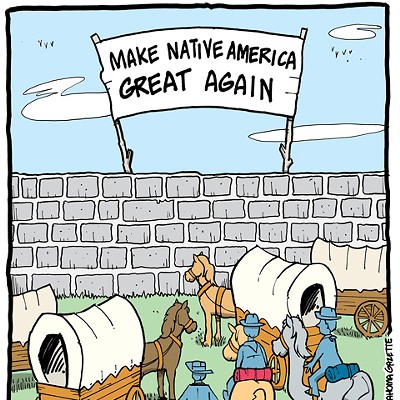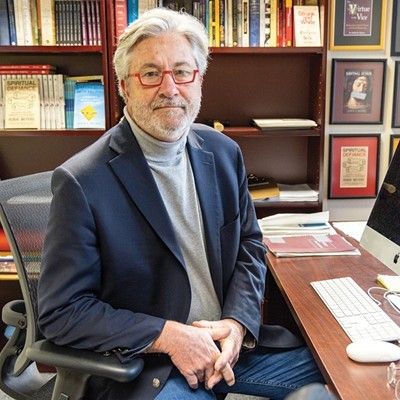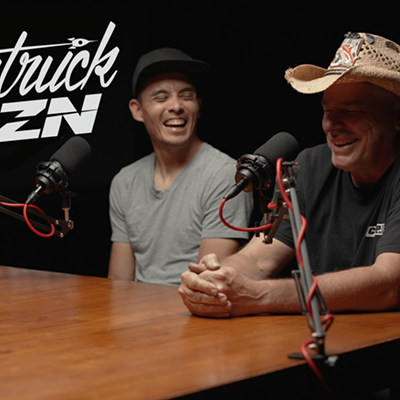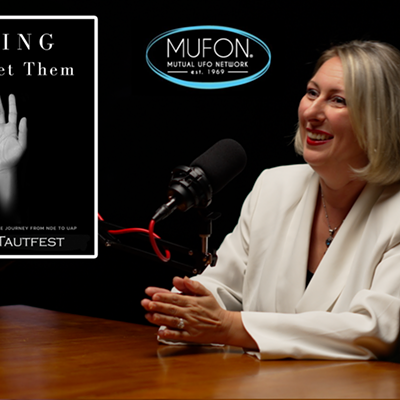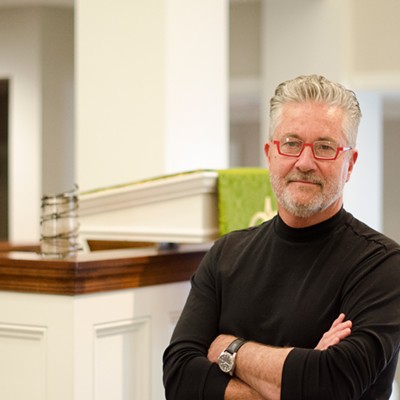The people of the Iroquois Confederacy are one of the world's oldest living democracies, predating the United States of America by as much as 500 years. One of the Confederacy's principles is described by Chief Oren Lyons thusly: "Our leaders were instructed to be men of vision and to make every decision on behalf of the seventh generation to come; to have compassion and love for those generations yet unborn."
Today, with our newly passed MAPS 3 and its promising projects, we are gifted with a unique opportunity to build with longevity and future generations in mind. That means developing a set of criteria that defines the design and building process before any shovel hits dirt.
One way to accomplish this is to ensure MAPS 3 projects are sustainable, an initial investment that pays dividends not only in this century, but beyond. Local architect Jay Yowell, of Edmond-based jyarchitecture, says we need a holistic approach, taking into account not only function but quality of materials, local climate, site orientation to the sun and healthy places for living, working and recreation.
"We should think of the costs of the projects over their lifetime, not just the initial design and construction costs," Yowell said. "For instance, we can save in energy costs over the lifetime of the building, and many systems have a return on investment in less than five years."
There's a reason progressive cities across the nation and world are embracing sustainable, green building, Yowell said. According to the U.S. Green Building Council, an upfront investment of merely 2 percent in green design, on average, results in life-cycle savings of 20 percent of the total construction costs " more than 10 times the initial investment. Additionally, green buildings consume 26 percent less energy, have 13 percent lower maintenance costs, 27 percent higher occupant satisfaction and produce 33 percent less greenhouse gas emissions. People working and learning in green buildings are healthier, more productive and innovative.
Is that not reason enough to build sustainably? Here's another: economic development. The overall green building market is set to more than double between now and 2013, quality of life ranks high on companies looking to expand or relocate, and shareholders are increasingly demanding sustainability be incorporated into business practices because the bottom line is improved over the long haul.
"We have an opportunity to distinguish ourselves from our competitors," said Russell Claus, Oklahoma City planning director. "Currently, we're not perceived as a community that takes sustainability seriously, but this offers us an opportunity to be cutting edge. Businesses will see Oklahoma City is concerned about quality of life and want to locate here."
Opponents to green building are bound to holler, "It will cost too much," but that's because they tend to look only at the short-term and dollar signs, rather than life cycles and quality of life " myopic thinking at best. And the U.S. Green Building Council notes there is a tendency on the part of construction professionals to overestimate green building costs by as much as 300 percent.
If we as citizens have the will, now is the time to stop playing follow the leader and start playing leader of the pack in sustainability. If we do, 50 years or seven generations from now, our grandchildren and great-grandchildren won't live in just another sprawling metropolis, but a healthy, resilient and truly innovative community " a green beacon on the plains.
Struby is the president of Sustainable OKC, www.sustainableokc.org, co-chair of the Transition Town OKC project and a freelance writer and editor.

